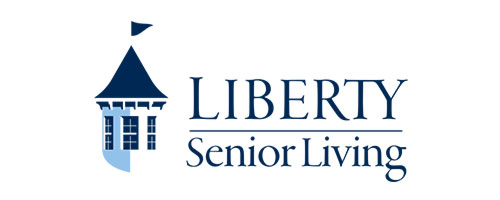Missing nutrients for an aging populations
According to the National Academy of Sciences, Engineering and Medicine, "There are more people on the planet over the age of 65 than ever before in human history."
The Centers for Disease Control and Prevention estimates that in the next 25 years the U. S. population of people 65 years or older will double to reach approximately 72 million. Those who reach 65 can expect to live for about two more decades—20.6 years for women and 18 years for men. Keeping older adults healthy and functionally fit will help them remain a vibrant and vital part of society and reduce healthcare costs, providing benefits to the entire American population.
Nutrition is a key ingredient for optimal aging, yet the diets of many older adults fall short in several important nutrients, including folate, calcium, magnesium, fiber, potassium, iron and vitamins A, D, E and C. These key nutrients keep many body systems healthy, including skeletal muscles, bone, blood pressure, immunity and heart function. Several of these nutrients also work in concert with the body's own natural antioxidant systems. A shortfall of these nutrients in an older adult’s diet has been linked to poor health outcomes.
Many older adults are interested in nutrition but are confused and find it hard to separate science from science fiction. As a registered dietitian nutritionist who writes about nutrition and healthy aging and talks to many older adults, I know that many older adults believe the enduring myth that bread is fattening and that carbohydrates, specifically grain foods, should be limited. Nothing could be further from the truth.

A new study, published in the journal Nutrients, shows that grain foods contribute only 14 percent of total calories to the diets of older adults while providing a greater percentage of key nutrients. That ratio is important because we need fewer calories as we age, but we need the same or even more of some nutrients. Nutritionists use the term "nutrient-density" to describe foods that are lower in calories yet packed with nutrients. Dr. Julie Miller Jones, a professor and researcher from St. Paul, Minnesota, prefers the term, "nutrient-intensity" to describe foods rich in nutrients. Grains are certainly nutrient-intense.
The Nutrients study presents data from the National Health and Nutrition Examination Survey from adults over the age of 50. It finds that while grain foods represent less than 10 percent of the total diet, grain foods contribute a whopping amount of important but under-consumed nutrients, such as dietary fiber, folate, magnesium, calcium, iron, vitamin A, vitamin E, vitamin B12, niacin and thiamine. Breads, rolls and tortillas help to fill the daily need for thiamine, niacin, dietary fiber, folate, and iron; and ready-to-eat cereals contribute iron, folate, thiamine, vitamin B6 and vitamin B12.
Many older adults hear the message that only whole grains contain needed nutrients, but this study finds that the entire grain food category, including whole grains, refined grains, and enriched grains, are some of the best foods for delivering dietary fiber, folate, iron, magnesium, calcium and vitamin D. If you think that refined grain foods lack "nutrient intensity," think again.
It's true that certain grains foods, such as sweet bakery items, may contain higher levels of added sugar, saturated fat and sodium, which older adults should limit in their diets. However, it's also true that many grain foods contribute positive nutrition to the American diet and are important contributors of the shortfall nutrients.
Thus, older adults should know that they do not need to give up the bread they love-grain foods are an essential part of the journey toward good nutrition and better health. Know your stuff before you cut. Breads, rolls, tortillas and ready-to-eat cereals can be meaningful contributors of key nutrients to the diet of older adults. So, there is no need to eliminate grains from the diet. Grains, as part of a healthy diet, provide nutrients needed for healthy aging, and they taste great!
Author: Chris Rosenbloom, PhD, RDN
Note: This information is not intended to replace a one-on-one relationship with a qualified healthcare professional and is not intended as medical advice. It is intended as a sharing of knowledge and information from research. The view expressed here are not necessarily those of the ICAA, we encourage you to make your own health and business decisions based upon your research and in partnership with a qualified professional.
Share































